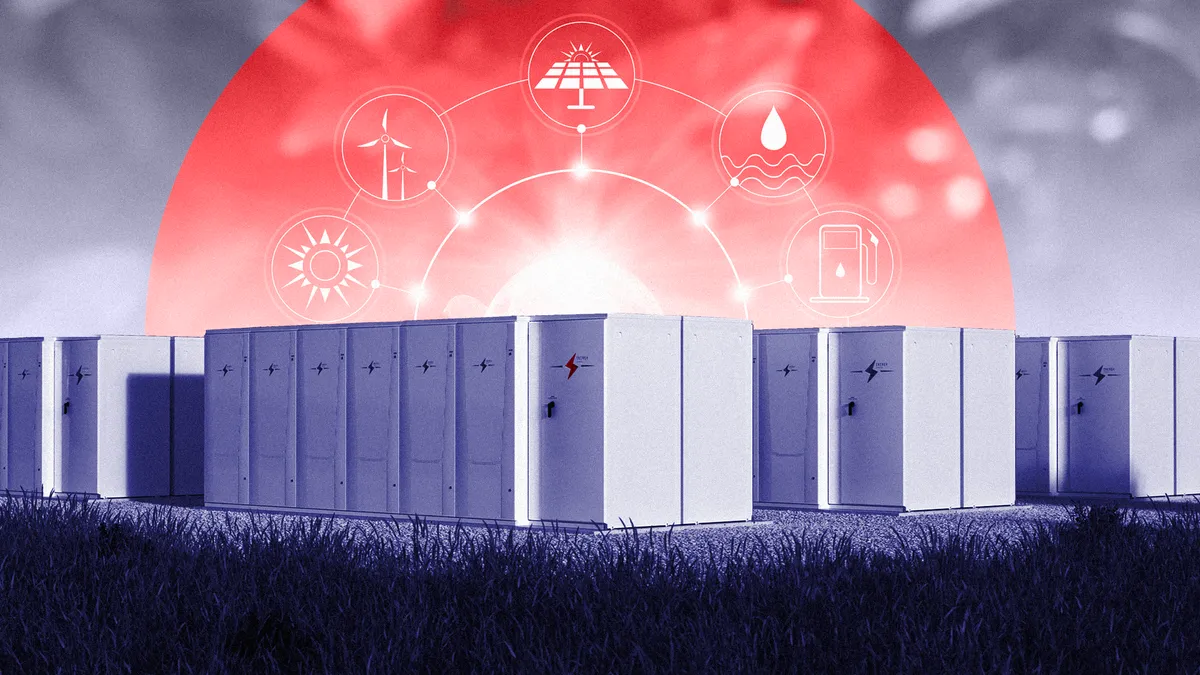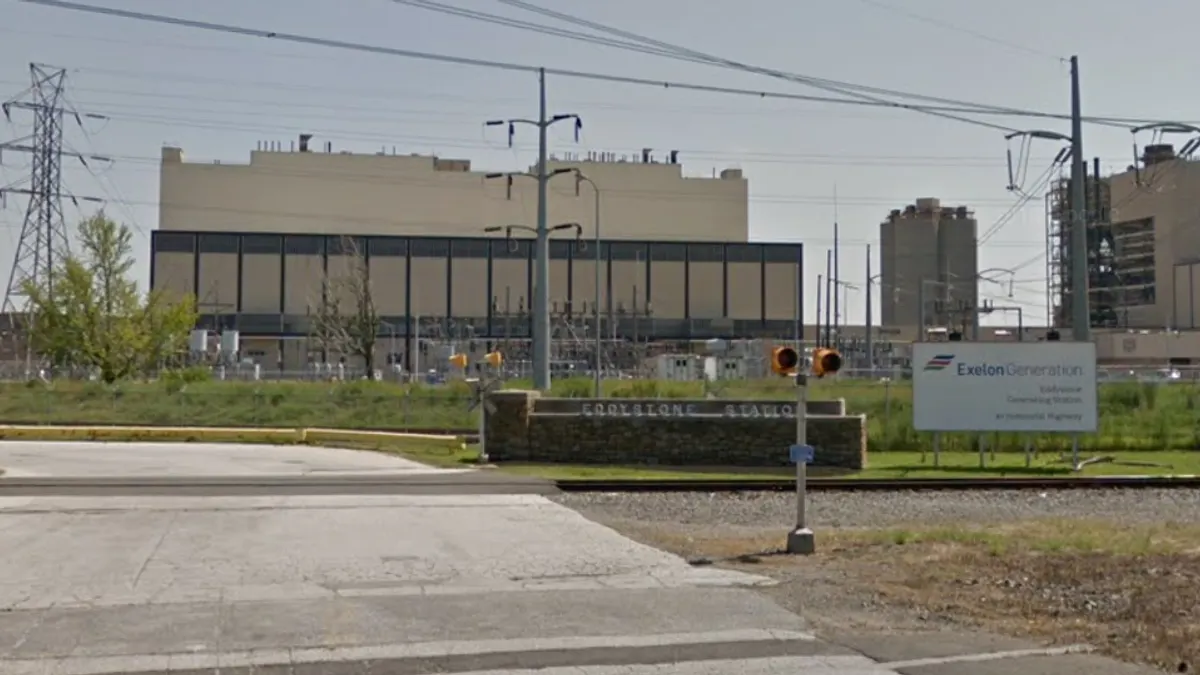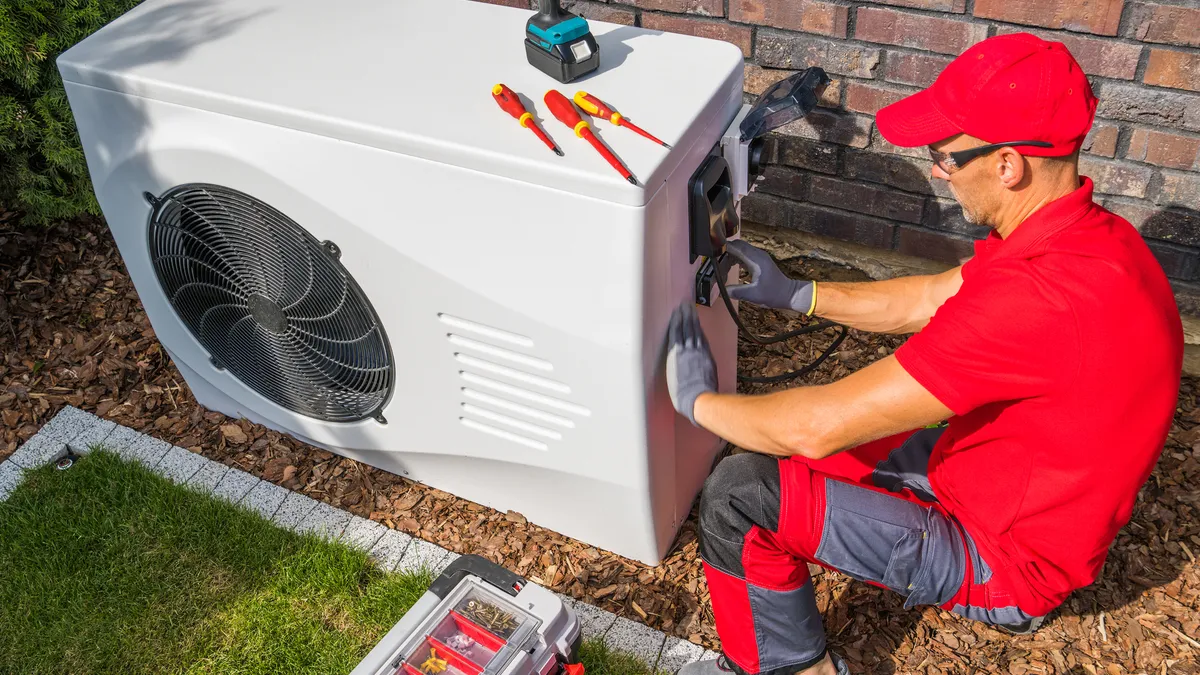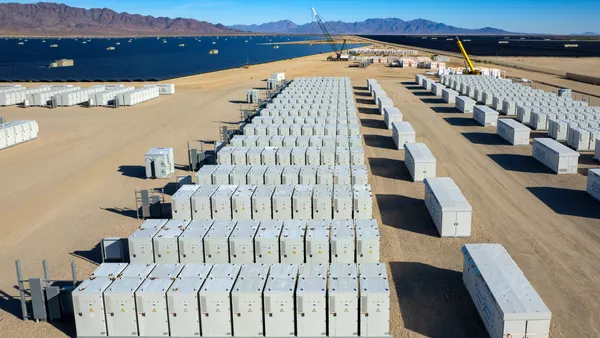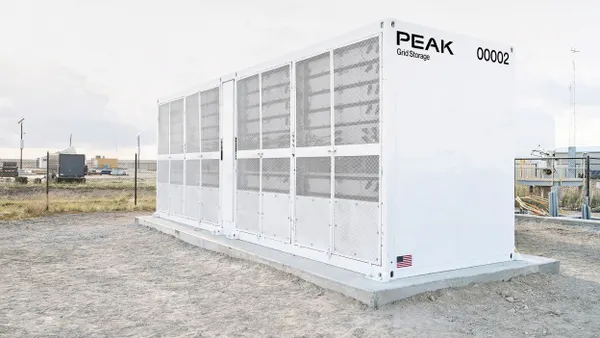Dive Brief:
- Two affiliated New York utilities are soliciting at least 310 MW of utility-scale energy storage resources across multiple smaller portfolios that can connect to the state grid by the end of 2030 on contracts of up to 15 years, according to a Dec. 16 request for proposals.
- The joint solicitation by the Consolidated Edison Co. of New York and Orange & Rockland Utilities calls for systems that can achieve maximum discharge for at least four hours and are located entirely within the utilities’ respective service territories.
- The solicitation meets the requirements of a 2022 New York State Public Service Commission order requiring Con Edison to procure 300 MW and O&R to procure at least 10 MW of energy storage by 2030, the utilities said.
Dive Insight:
The joint solicitation moves New York closer to meeting its goal of deploying 6 GW of energy storage by 2030.
Announced by Gov. Kathy Hochul, D, in early 2022, the 6-GW roadmap represents a doubling of the state’s previous 2030 goal of 3 GW of energy storage. It calls for 3 GW of new utility-scale storage, 1.5 GW of new retail storage and 200 MW of new residential storage to complement about 1.3 GW of existing energy storage on New York’s grid as of mid-2024.
Con Edison and O&R join other New York utilities, such as Central Hudson Gas & Electric, in issuing RFPs to meet the requirements of the NYPSC order.
The Dec. 16 solicitation invites proposals from distribution- or transmission-connected individual projects or multi-project portfolios with greater than 5 MW of dispatchable capacity. Portfolios may include as many as 10 individual projects of at least 2 MW dispatchable capacity, provided all projects within the portfolio are located within the same New York Independent System Operator zone, commit to commencing commercial operation within the same year and hold the same contract duration, among other requirements, the utilities said.
“Downstate New York presents unique challenges for developers looking to place projects on the grid,” such as permitting and siting, said Allan Drury, spokesperson for Con Edison. “Con Edison believes that providing a way for smaller distribution-connected projects to participate in the program can boost such development by providing potential economies of scale.”
Con Edison could give preference in contracting and compensation to projects or portfolios proposed to be operational by specified service dates in certain “preferred locations” it identified within its service territory, according to the RFP:
- By the end of 2027 in the Cooper Square, Flatbush, Richmond Hill, Crown Heights or Ridgewood networks;
- By the end of 2028 in the Grasslands networks;
- By the end of 2029 in the West Bronx network; and
- By the end of 2030 in the Southeast Bronx, Fresh Kills or Willowbrook networks.
Though “all proposed projects will be subject to the same timelines and requirements,” those in preferred locations “have more potential to proactively align with future grid needs,” Drury said.
O&R did not identify any preferred locations within its service territory.
The RFP “set four hours as the minimum [duration] because we want to provide an opportunity for longer-duration battery systems if they can meet the performance needs of the program and remain economically competitive with other proposed projects,” Drury said. It is not restricted to lithium-ion systems, he added.
Con Edison and O&R aim to notify successful bidders by July 31, 2025, and execute contracts by the end of 2025. The total capacity of projects selected through the RFP may exceed the target set out in NYPSC’s storage order “[depending] on the competitiveness of the bids,” the utilities said


